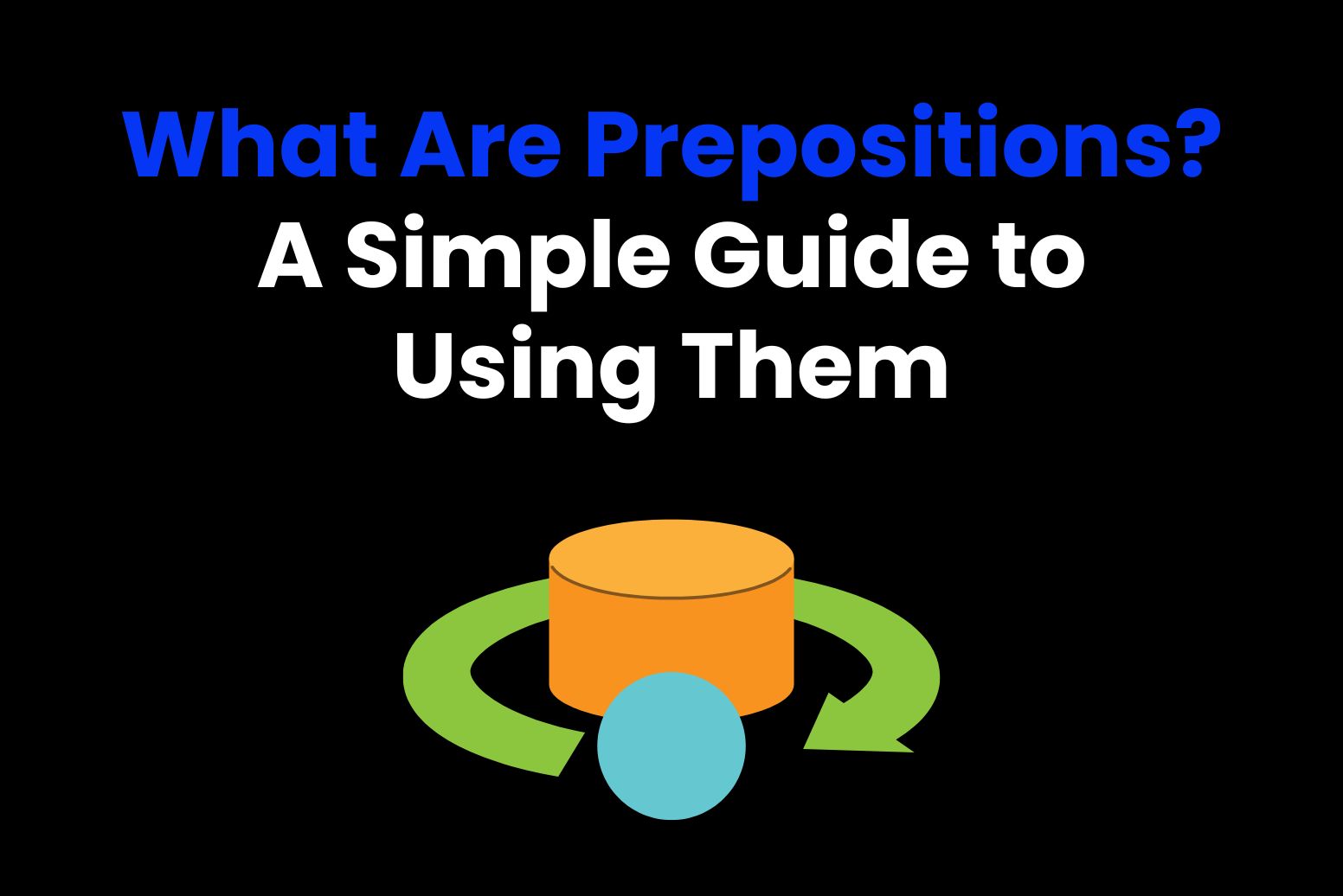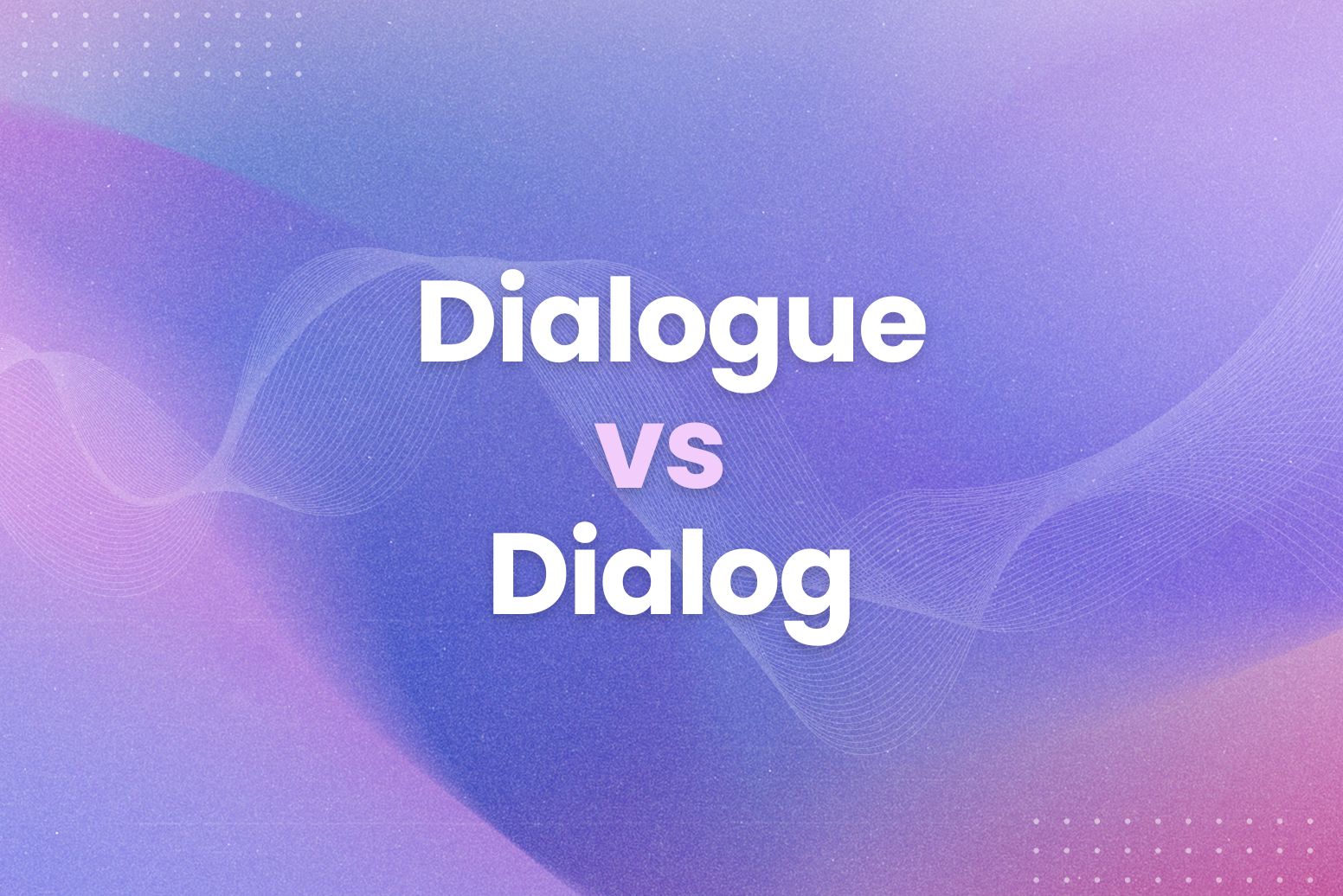What are prepositions?
If you’re asked to produce a piece of writing – perhaps a blog, essay or even a short story, it’s easy to forget the key elements that make your writing really pop and, consequently, ensure your readers stay for the long haul. So it’s important to know what are prepositions.
However, it’s essential that you understand the key connectives and individual elements of each sentence so that you know exactly how it’s going to affect the reader.
So, what are prepositions?
Well, they are the unsung heroes of language that sit quietly in the background, enabling you to deliver powerful writing. But don’t worry, you’re not the only one who struggles to remember what they are or their purpose. In fact, we’re about to show you the magic of a preposition so they’ll finally get the acknowledgement that they deserve.

A simple explanation of prepositions
Prepositions are the small, yet mighty words that serve as a bridge for you to connect nouns with pronouns or other phrases. Although they’re often unnoticed in a sentence, they play a crucial role in making the sentences make sense. They may be tiny, however they’re some of the most important words in our writing.
Whether you’re in the room or walking through the woods, prepositions are there to describe exactly what, where or how you’re doing something. In fact, they add depth and clarity to any communication. Typically, they precede a pronoun and express how that pronoun relates to its surroundings. As a result, they can help to understand space, time and direction.
A simple guide to prepositions
Congratulations on taking the first step to learn all about prepositions! With this understanding, you’ll be able to enhance your communication and writing skills and avoid common grammatical errors.

To put it simply, prepositions add depth and tone to your conversation. Here’s a sentence without using them:
- The car got washed.
In this sentence, there’s very little in the way of information. We know someone’s car was washed somewhere and we don’t know when or who by.
Here’s the sentence with some prepositions added:
- I washed the car in the driveway with a hose.
Now with the prepositions added, we know that the car was washed, where it was when it happened and how it was washed too. This adds strength to a story and depth to characters.
Without the essential prepositions, we’d all be speaking like robots.
Why are prepositions important in sentences?
Prepositions are incredibly important in the English language because they help us to express relationships between ideas, objects, people and actions. In fact, they make each action that we describe meaningful and more realistic, adding to a compelling piece of writing that people are guaranteed to want to keep on reading.
Moreover, remember that prepositions can significantly alter the meaning of a sentence. Therefore, if something doesn’t seem quite right, be sure to run it through your trusty grammar checker first.

Learning to use prepositions for beginners
Prepositions aren’t always as simple as you might think. In fact, it’s easy to get stuck in the habit of using the same ones all the time, meaning your text feels unfulling and one dimensional. However, there’s an art to mastering prepositions, and it means knowing when to use them and when not to.
If you live by hard and fast rules, then each sentence describing every action may look the same. Take a look at this sentence:
- She placed the book on the table in the living room then put the keys on the counter in the kitchen, while he left his bag on the chair in the hallway.
While this piece of writing is technically grammatically correct, it feels very robotic as the same prepositions are used for each action. Writing like this becomes more of a list than a credible story.
- She placed the book down with her keys on the kitchen counter, while he left his bag by the chair in the hallway.
The above sentence gives the same level of detail, but it feels more plausible and adds more depth to the story without the risk of becoming a list.
You’ve made a great start, and there’s tons more to learn. Moreover, there are even some tools out there to help you with better prepositions with AI assistance. These real-time suggestions can help with examples and give you the opportunity to refine your skills, ultimately making your writing smoother and more effective.

Examples of prepositions
Prepositions are one of the most used components in the English language and that means that there are lots of them. Some of the most common examples of prepositions are:
- “in,” “on,” “at,” “by,” “for,” and “with.”
Within these few tiny words we can describe where something is, the time it got there and how it got there. We can also describe an action that someone is taking using that object.
When you’re feeling a little more confident, here are some of the less used prepositions that can add extra spice to your writing and can even alter the tone too. Additionally, using these types of prepositions can make a piece of writing appear more sophisticated or more formal.
- “Throughout,” “beneath,” “amid,” “amongst,” and “despite.”
If you’re struggling to be inventive with your prepositions, this is where AI may come into play. While you know exactly what you want to say, sometimes the best way to say it may evade you. Fortunately, AI writing improvers are there to take your ideas and content and convert it into more interesting and exciting sentences using your tone and style.
You’ll also be able to use AI grammar checkers to understand any errors you’ve made with the existing prepositions you’ve used, making them great tools for professionals and story writers alike.

How to use prepositions in sentences
Before you launch out on your own, let’s have a quick knowledge check.
What are prepositions and how do we use them in a sentence?
● Prepositions of place:
- The book is on the table.
- She sat under the tree.
● Prepositions of time:
- We have a meeting at 3 PM.
- He was born in December.
● Prepositions of movement:
- She walked to the park.
- The cat jumped into the box.
● Prepositions of usage:
- He wrote the letter with a pen.
- They traveled by car.
Practice is the key to mastering the correct placement of them in English and you’re all set to get started.
Using AI to understand prepositions easily with Arvin.AI
Still struggling with understanding prepositions?
Well, don’t panic! Arvin.AI is the tool you need to help you understand how to use prepositions correctly. Think of it as your English language coach, if you will.

The sophisticated tools can provide real-time feedback on your writing, which helps you refine your skills. Additionally, the grammar checker also highlights errors so that you can make changes and the article writer even gives context-based suggestions on how to make your writing more personal to you.
Light up your writing and level up your grammar today. Try Arvin.AI and see the difference.
FAQs
1. Can a preposition be the last word in a sentence?
Contrary to popular belief – yes a preposition can be the last word in a sentence. While they are intended to connect one part of the sentence with another, there are forms of prepositions in less formal writing or in speech.
Questioning is the most significant example of this, with examples like “Where are you off to?” or “Who are you going with?”
2. What are some tricky prepositions to watch out for?
Sometimes people will confuse two prepositions, however, this can change the whole meaning of the sentence. For example, “on the car” suggests that it’s on the roof or bonnet, whereas “in the car” suggests sitting on the seats.
People also sometimes confuse “to” and “for” or “at” and “by.”
3. What is the difference between prepositions and conjunctions?
These are two easily confused language tools in the world of English grammar.
We’ve learned that prepositions connect nouns to pronouns or other phrases to describe what’s happening in the sentence. They are linked to a single action.
However, conjunctions link phrases or clauses, meaning that they often describe different things happening in the same sentence. They are linking multiple actions together.
- He sat on a chair. (preposition)
- He sat on a chair and he started writing. (conjunction)






